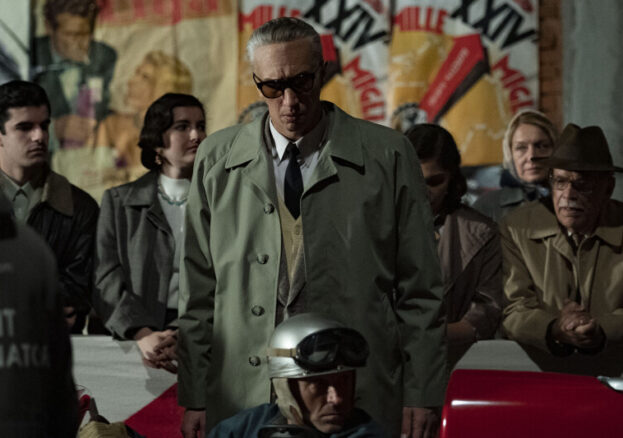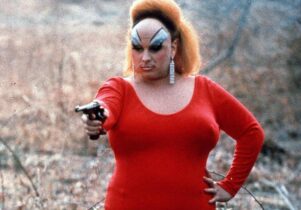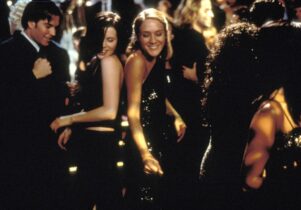Mannuary – A Michael Mann Season at Showroom
Tom Grieve, Cinema EditorBook now
Mannuary - A Michael Mann Season
Always double check opening hours with the venue before making a special visit.

The cinema of Michael Mann is forever caught up in the competing allures of romantic bliss and obsessive, high-stakes work. Across a forty-plus year career Mann has chronicled the lives of characters caught up between the intoxicating thrills of life operating outside of mainstream life — as bank robbers, undercover detectives, superstar sportsmen or blackhat hackers — and the heady pull of sexual infatuation, and even domesticity.
Throughout his career, Mann has switched between fictionalised accounts of such men and biographic accounts of real-life characters that match up. From John Dillinger to Mohammed Ali, when the director has decided to pull his stories from reality, he’s chosen to spend his time with morally-complex, spectacularly gifted individuals with lives laden with the type of drama and adrenaline usually reserved for screenplays. For his latest film, Mann turns his attention to Italian car manufacturer and racing driver Enzo Ferrari.
With Adam Driver as the famous man himself, Ferrari takes us back to 1957 ahead of the Mille Miglia auto race, when Enzo was experiencing a time of personal and professional turmoil, following the death of his son, the deterioration of his marriage and the impending bankruptcy of his company. It’s prime territory for Mann, for whom the pull of a trigger or the thrust of an accelerator contains the same existential urgency as the first time embrace of a new partner, or the return of loved one.
To mark the release of Ferrari, Sheffield’s Showroom has invited staff member Max Marriott to select a series of Mann’s films each accompanied by video introductions. The works selected do a good job of showcasing both the through-lines and stylistic progressions in a filmography that does really benefit from being viewed as a whole. Starting with Mann’s 1981 debut theatrical film Thief — a super stylish account of a vault breaker (James Caan) — and running through to 2015’s globetrotting hacker-thriller Blackhat, filmgoers can see Mann move from 35mm film to his early embrace of digital filmmaking.
Along the way, stories expand, perspectives become global and audiences are trusted to intuit as Mann leans on abstractions. Where Thief lingers on long conversations, Blackhat uses montage and ellipses to deliver the same information with a greater immediacy. In between, Showroom have 1986’s serial killer procedural Manhunter, Robert De Niro and Al Pacino in 1995’s big hit epic Heat, and the 2006 big screen adaptation of Miami Vice — the film most championed by dedicated Mann-heads.




























